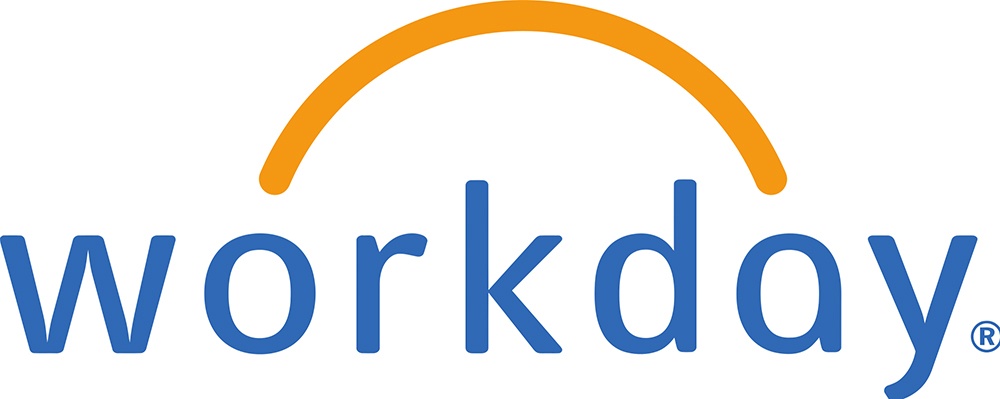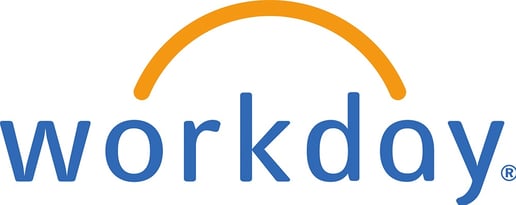Jennifer Liu
May 18, 2021
Becoming a Strategic Leader

 The payroll function is essential to any organization. Yet, payroll is still often seen as transactional and relegated to the back office.
The payroll function is essential to any organization. Yet, payroll is still often seen as transactional and relegated to the back office.
But that’s all changing. The days of punching numbers into a calculator are over as payroll teams transition from data entry to data analysis. With all the data coming through, payroll professionals are able to be key drivers of an organization’s long-term success.
While there are many ways that payroll can become a strategic leader, here are four areas of opportunity where you, as a payroll professional, can rise to the occasion.
- Workforce Insights
You are uniquely positioned to provide greater insight into the workforce and help refine HR and workforce plans.
Start by tracking workforce metrics that are important to your business, including overtime trending and average hours worked. You’re often the first to have access to this data in real time. These insights will help you paint a completer and more accurate picture of your organization’s people, and answer critical business questions, such as the following:
- Which employees are reaching burnout based on overtime trends?
- What is the ideal ratio of employees to contingent workers?
- What are the estimated labor costs for a new location?
- Belonging and Diversity
This has become top of mind for many organizations in the past year.
At the center of many belonging and diversity conversations is pay equity. According to the U.S. Department of Labor, in 2019, women made 82 cents for every $1.00 men made—and the gap is even wider for women of color.
You can play a role in driving pay equity with access to detailed pay data across gender, race, location, and more. Connect with your diversity, inclusion, and belonging leaders to align and identify pay trends across different dimensions, such as race and gender.
- Employee Experience
You can help create a better employee experience by giving employees easier access to their pay-related questions and information. The result? More empowered employees.
Organizations are turning to new technologies, such as AI-powered chatbots, to proactively answer common employee questions, reducing the number of support calls to payroll. Common tasks, such as entering and approving time, can also be made easier with the use of mobile technology. By adopting these technologies, you can better meet employees where they are.
- Financial Controls
For many organizations, payroll is the largest expense. You can help control labor costs by providing real-time visibility into trends such as overtime costs, compensation, and base salaries.
You can also minimize compliance risks by tracking and reporting on major compliance changes, especially tax benefits and savings that you identify.
The possibilities for payroll are many. As you start on your leadership path, keep an eye out for these and other opportunities.
Learn more during this week’s Congress Xstream Workshop Session 9:
“Becoming a Strategic Leader and Rising to the Occasion”
Thursday, May 20, at 4:00 p.m. ET
Presented by Barb Muellerleile, CPP (Panera) and Jennifer Liu (Workday)
Jennifer Liu is a Solution Marketing Manager at Workday, focusing on Workforce & Pay solutions. As a solutions marketer, Jennifer collaborates with customers and her product workmates to share the value realized by solving business challenges with our human capital management, workforce management, and payroll solutions.


-1.png?width=150&height=71&name=MicrosoftTeams-image%20(1)-1.png)